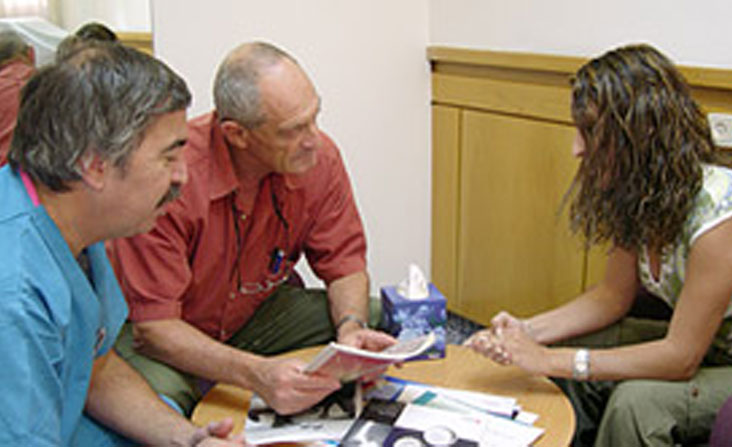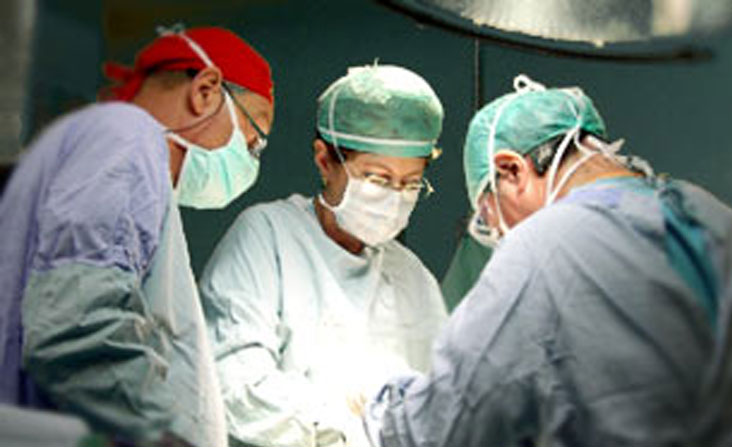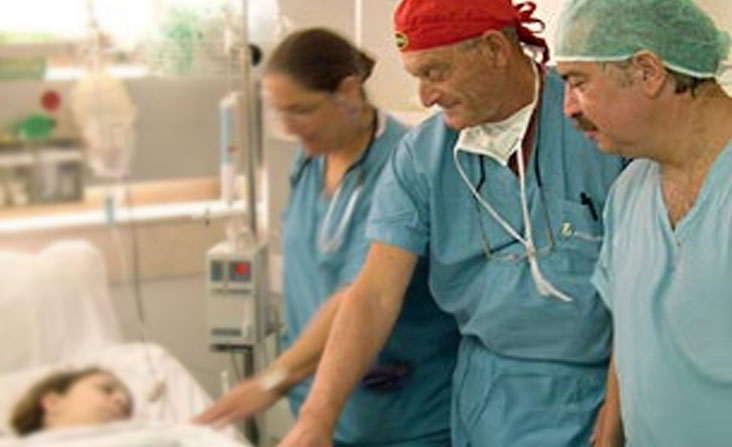Hip replacement
The hip joint in our body is considered to be one of the largest joints of the body. It is surrounded by straps and muscles that help it function and give it support. The articular cartilage expects the femoral head and allows the joint to move smoothly and painlessly. Cartilage erosion leads to friction between the bones and destruction of the hip joint. This erosion causes severe pain and at the same time severely restricts movement. In such cases, hip replacement surgery may be an appropriate solution, assuming that all other treatments didn’t work, including pain medication, physiotherapy, etc.
The leading causes of hip joint surgery
Hip surgery, like other invasive surgical procedures, is not a simple surgery. However, there are several situations in which it is considered the only therapeutic procedure that can help the patient, especially in situations where other therapeutic options did not help him. Hip replacement surgery is performed in cases of cartilage destruction, as noted. Such destruction can be caused for various reasons: arthritis, osteoarthritis that is considered very common, congenital deformities and local injury.
Hip replacement surgery can completely reduce the pain, significantly improve the range of movement of the hip joint and thus improve the quality of life of the patient.
Consultation Meeting
The orthopedic consultant will receive an explanation from the patient about his pain and disability.
The orthopedist will perform a thorough and accurate physical examination, including examination of the range of movements of the hip joint, deformities, examination of the lower extremities of the nervous system and examination of leg pulses.
A test will be carried out along the legs to correct the inequality or maintain an equal foot length during surgery.
(It should be noted that maximum foot length can be achieved by precise measurement at the time of surgery).
At this meeting, the patient will receive an explanation about the surgery, the types of implants, and the recovery process. He will also receive an explanation about the complications (possible risks and the expectation of significant improvement after surgery).
The surgery – before and after
Prior the surgery, before hospital admission, the patient must undergo several tests: blood tests, nasal culture for the purpose of denial of the presence of resistant bacteria, ECG and chest X-ray. This is performed to make sure that he is healthy and allows the expected medical procedure.
A few days before the surgery, the patient arrives at the meeting with the nurse and the anesthesiologist (the surgery is conducted under full or regional anesthesia, in the half body), in which the entire process, including rehabilitation and recovery, will be explained.
On the day of surgery, a fast of about 6 hours is required. After the operation, the patient moves to a recovery room and stays under observation for about two hours.
Then he returns to the room in the ward.
On the day of surgery, the rehabilitation process begins: respiratory physiotherapy and muscle activation. During the entire hospitalization, the patient meets with the surgeon, the medical staff, the nursing and physiotherapists who follow the recovery process.
In most cases, a few days after the end of the operation, the patient is released to his home after receiving a full explanation from the physiotherapists and the nursing staff about the rehabilitation process that is expected. In other cases, it is possible to move to a rehabilitation hospital for recovery.
The results of the surgery
Anyone who is looking for information about hip replacement surgery, the rehabilitation process, and the success of the surgery itself will find that this is a surgery with very high chances of success. About 97 percent of all patients who underwent surgery report significant improvements in their quality of life, complete relief from pain, greater range of movement and better mobility. The improvement is usually expressed within a few days after hip replacement surgery and after several weeks, full recovery is achieved and it is possible to return to normal.
The excellent results of the surgery depend on several factors: The level of activity of the patient prior to the operation (the more active the patient, the faster the chances of rehabilitation, the range of movement of the hip joint before the operation, the patient’s cooperation and motivation, and compliance with the doctor’s and the restorative staff’s instructions).
In most cases, after hip replacement surgery and at the end of the rehabilitation procedure, the patient can return to full function.
To maintain the results of the surgery and to allow the body to become stronger, exercise is recommended such as swimming, walking and even cycling, activities that can strengthen the muscles surrounding the hip, which support it. It is important to remember that strenuous physical activity such as running training or any aggressive activity that requires the patient to make jumps, for example, is not recommended after hip replacement surgery.




